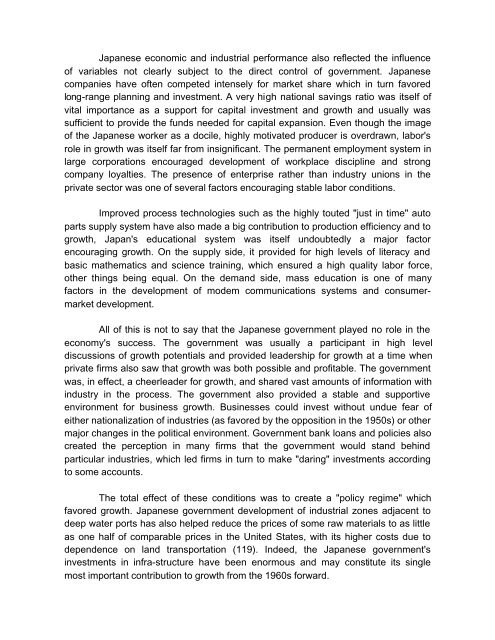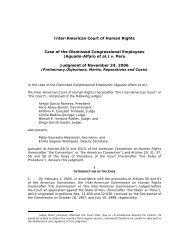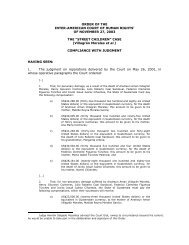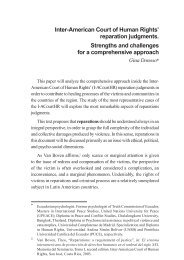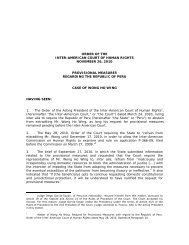The Political Economy of Japan Bradley M. RICHARDSON
The Political Economy of Japan Bradley M. RICHARDSON
The Political Economy of Japan Bradley M. RICHARDSON
- No tags were found...
You also want an ePaper? Increase the reach of your titles
YUMPU automatically turns print PDFs into web optimized ePapers that Google loves.
<strong>Japan</strong>ese economic and industrial performance also reflected the influence<strong>of</strong> variables not clearly subject to the direct control <strong>of</strong> government. <strong>Japan</strong>esecompanies have <strong>of</strong>ten competed intensely for market share which in turn favoredlong-range planning and investment. A very high national savings ratio was itself <strong>of</strong>vital importance as a support for capital investment and growth and usually wassufficient to provide the funds needed for capital expansion. Even though the image<strong>of</strong> the <strong>Japan</strong>ese worker as a docile, highly motivated producer is overdrawn, labor'srole in growth was itself far from insignificant. <strong>The</strong> permanent employment system inlarge corporations encouraged development <strong>of</strong> workplace discipline and strongcompany loyalties. <strong>The</strong> presence <strong>of</strong> enterprise rather than industry unions in theprivate sector was one <strong>of</strong> several factors encouraging stable labor conditions.Improved process technologies such as the highly touted "just in time" autoparts supply system have also made a big contribution to production efficiency and togrowth, <strong>Japan</strong>'s educational system was itself undoubtedly a major factorencouraging growth. On the supply side, it provided for high levels <strong>of</strong> literacy andbasic mathematics and science training, which ensured a high quality labor force,other things being equal. On the demand side, mass education is one <strong>of</strong> manyfactors in the development <strong>of</strong> modem communications systems and consumermarketdevelopment.All <strong>of</strong> this is not to say that the <strong>Japan</strong>ese government played no role in theeconomy's success. <strong>The</strong> government was usually a participant in high leveldiscussions <strong>of</strong> growth potentials and provided leadership for growth at a time whenprivate firms also saw that growth was both possible and pr<strong>of</strong>itable. <strong>The</strong> governmentwas, in effect, a cheerleader for growth, and shared vast amounts <strong>of</strong> information withindustry in the process. <strong>The</strong> government also provided a stable and supportiveenvironment for business growth. Businesses could invest without undue fear <strong>of</strong>either nationalization <strong>of</strong> industries (as favored by the opposition in the 1950s) or othermajor changes in the political environment. Government bank loans and policies alsocreated the perception in many firms that the government would stand behindparticular industries, which led firms in turn to make "daring" investments accordingto some accounts.<strong>The</strong> total effect <strong>of</strong> these conditions was to create a "policy regime" whichfavored growth. <strong>Japan</strong>ese government development <strong>of</strong> industrial zones adjacent todeep water ports has also helped reduce the prices <strong>of</strong> some raw materials to as littleas one half <strong>of</strong> comparable prices in the United States, with its higher costs due todependence on land transportation (119). Indeed, the <strong>Japan</strong>ese government'sinvestments in infra-structure have been enormous and may constitute its singlemost important contribution to growth from the 1960s forward.


